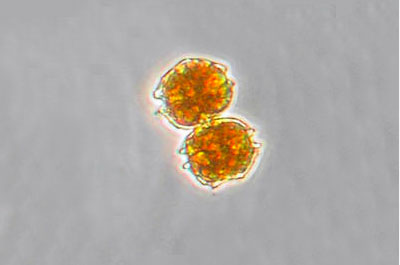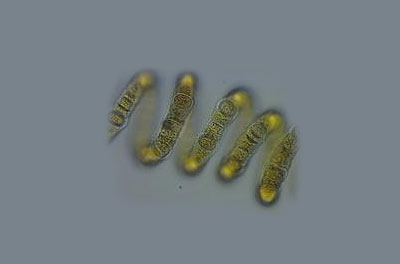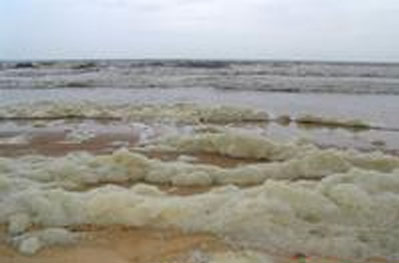What are harmful algae?
Algae include unicellular marine and freshwater photosynthetic organisms (also called microalgae, protists, or phytoplankton) that float freely with the currents or have a limited ability to swim. Most phytoplankton are benign, forming the base of the food web. However, about 2% of these algae are capable of causing harm by: 1) producing toxins (called biotoxins or phycotoxins) that can kill other organisms, including marine mammals, birds and humans; 2) forming large blooms (high concentrations of cells) that may clog the gills of fish, destroy the aesthetics of beaches, or deplete oxygen in the water when the cells die and decompose; or 3) by otherwise disrupting the ecosystem, for example by reducing the grazing (feeding) by herbivores (plant-eating animals).

Alexandrium catenella (Dinophyceae) (photo: D. Cassis)

Nodularia spumigena (cyanobacteria) (photo: G Cronberg)
Rather than calling these blooms what is popularly known as “red tides”, scientist now more properly refer to them as “harmful algal blooms” (HABs), a term coined by IOC to designate any microalgae proliferation—regardless their concentration—that is perceived as a harm for its negative effects in human health, fisheries, aquaculture, and other human resources. This broader term also englobes benthic toxin-producing microalgae such as those causing Ciguatera Fish Poisoning (CFP) or toxic sea spray. Other HAB species cause Paralytic Shellfish Poisoning (PSP), Amnesic Shellfish Poisoning (ASP), Diuretic Shellfish Poisoning (DSP), Neurotoxic Shellish Poisoning (NSP), and Azaspiracid Shellfish Poisoning (AZP); some species of cyanobacteria (blue-green algae) also produce biotoxins. Information on each of these poisonings, the biotoxins involved, and the organisms that produce them, is found in the Harmful Algae Links.
The opportunity of ISSHA
Scientists that study HABs and the toxins they produce can become members of the International Society for the Study of Harmful Algae (ISSHA). This website describes the goals and activities of ISSHA, and provides links to other HAB information.

Phaeocystis bloom (photo: N. Ngo)

